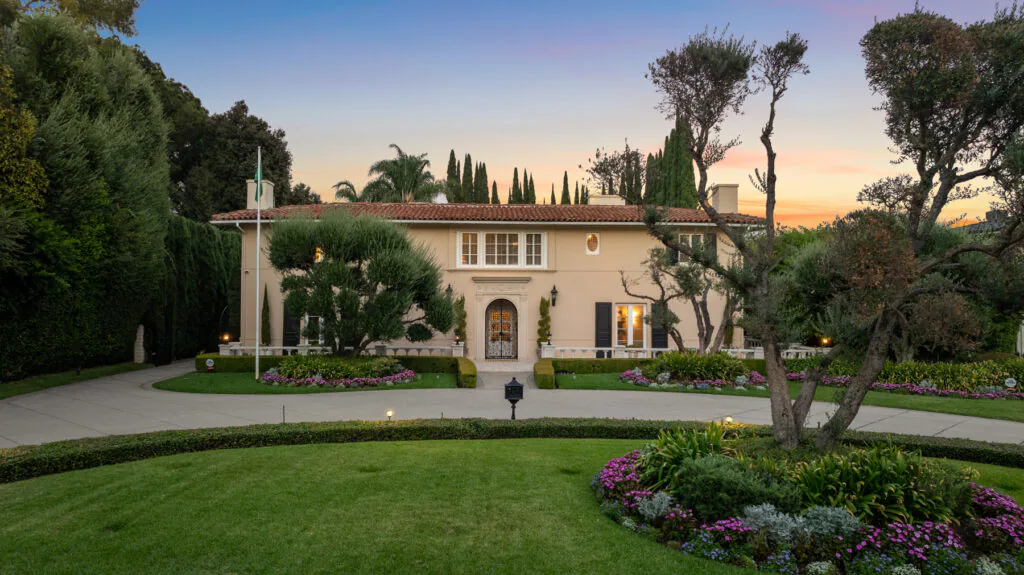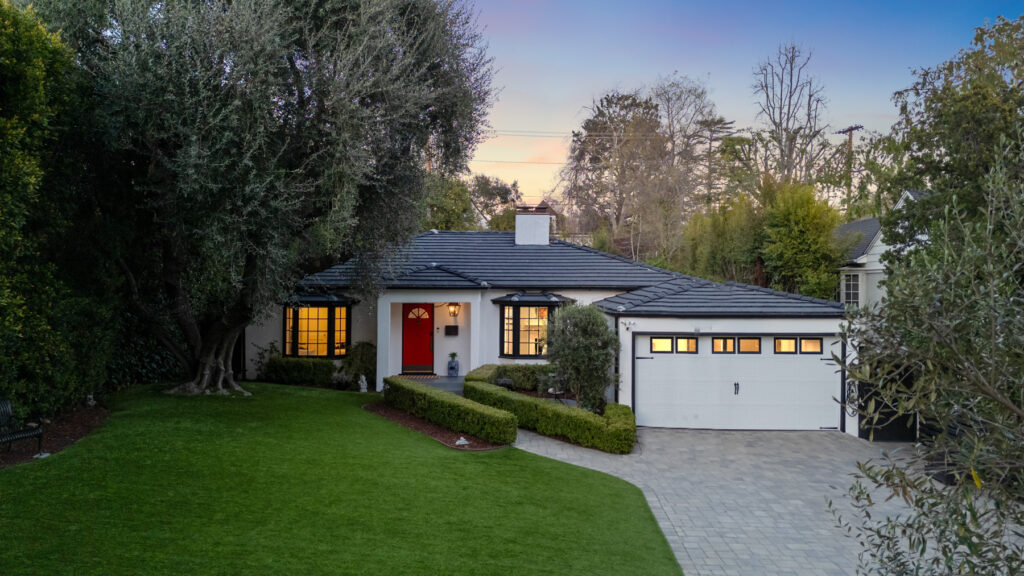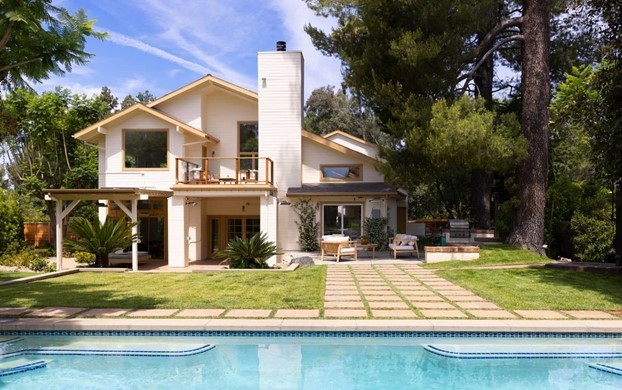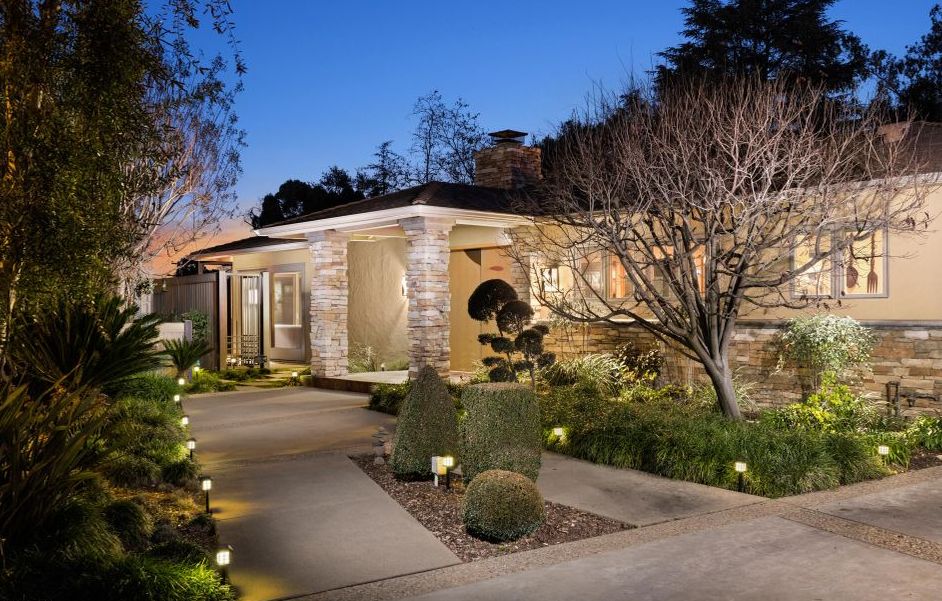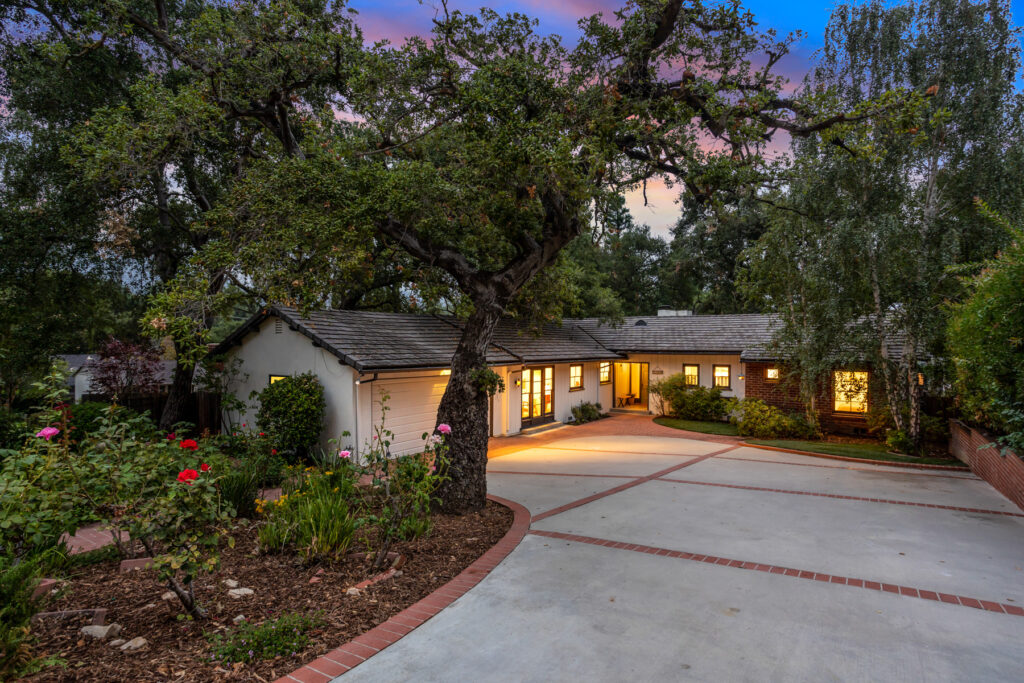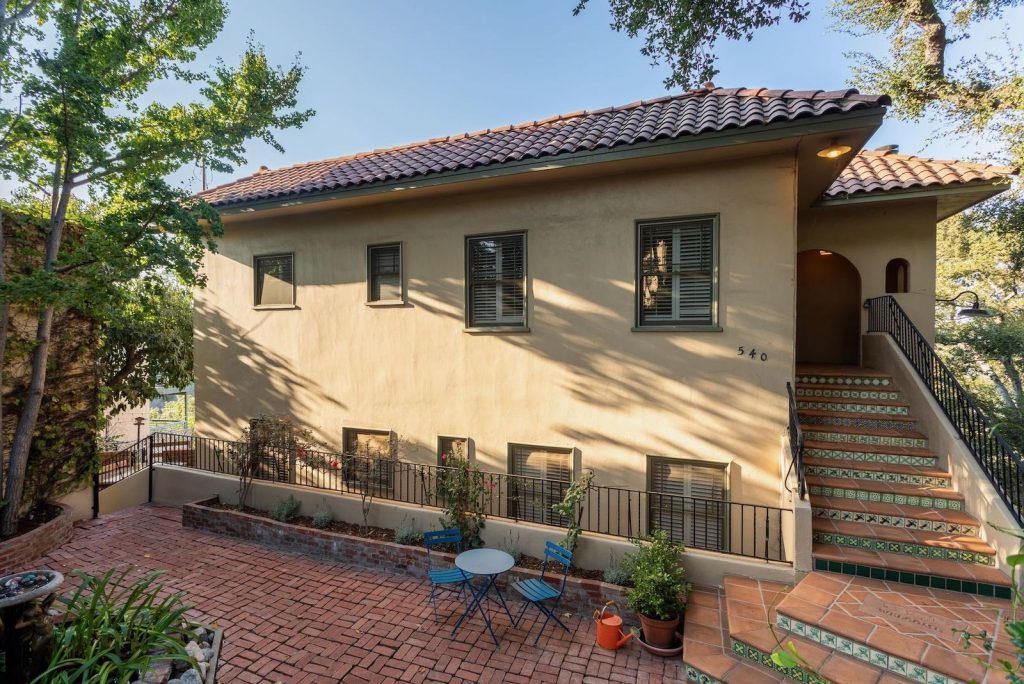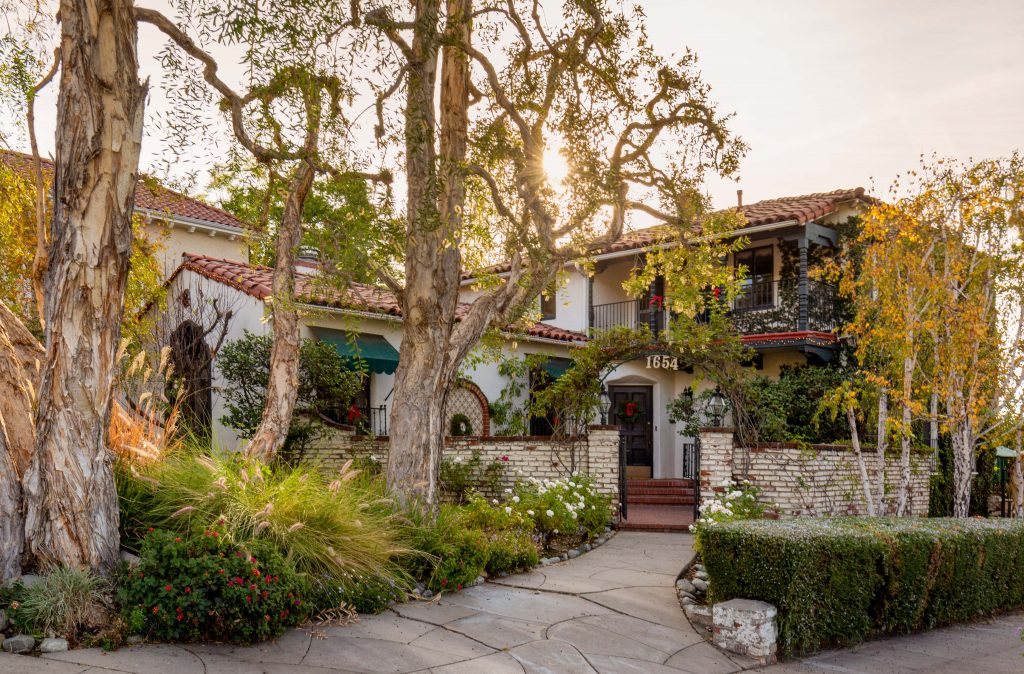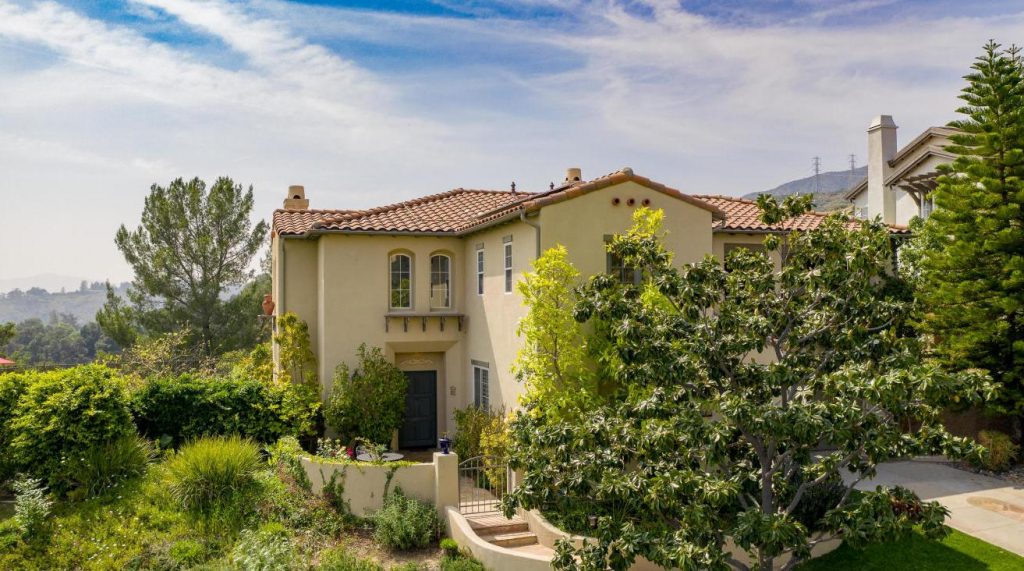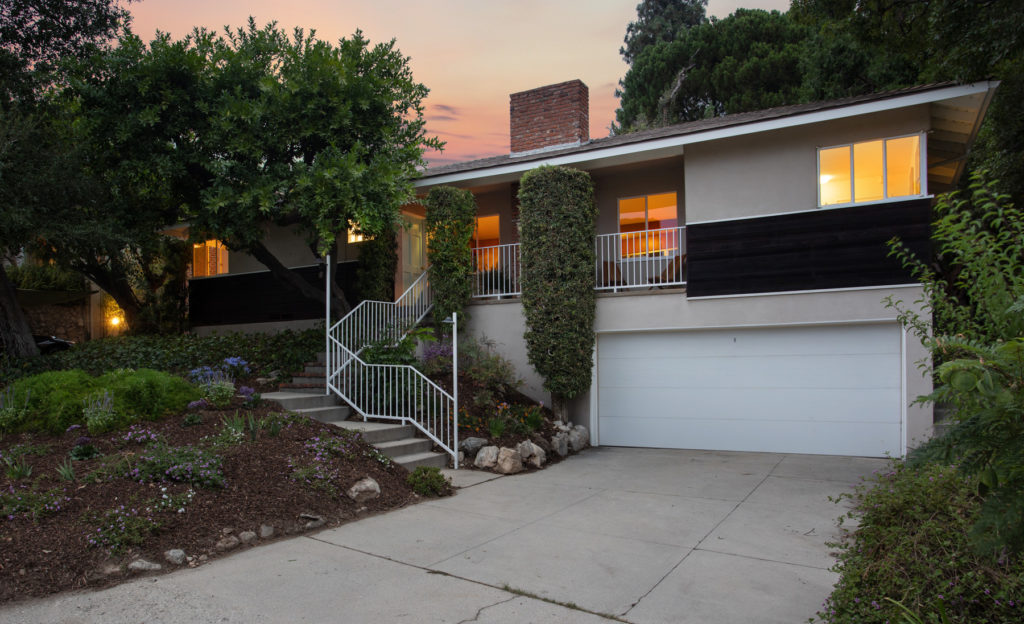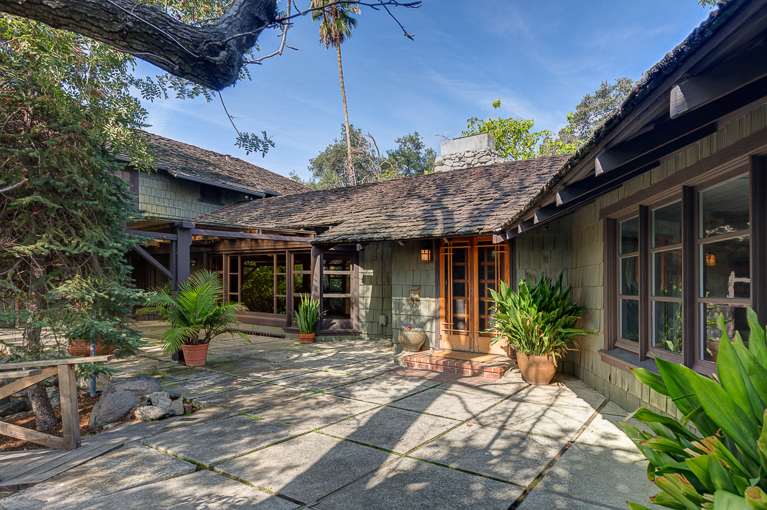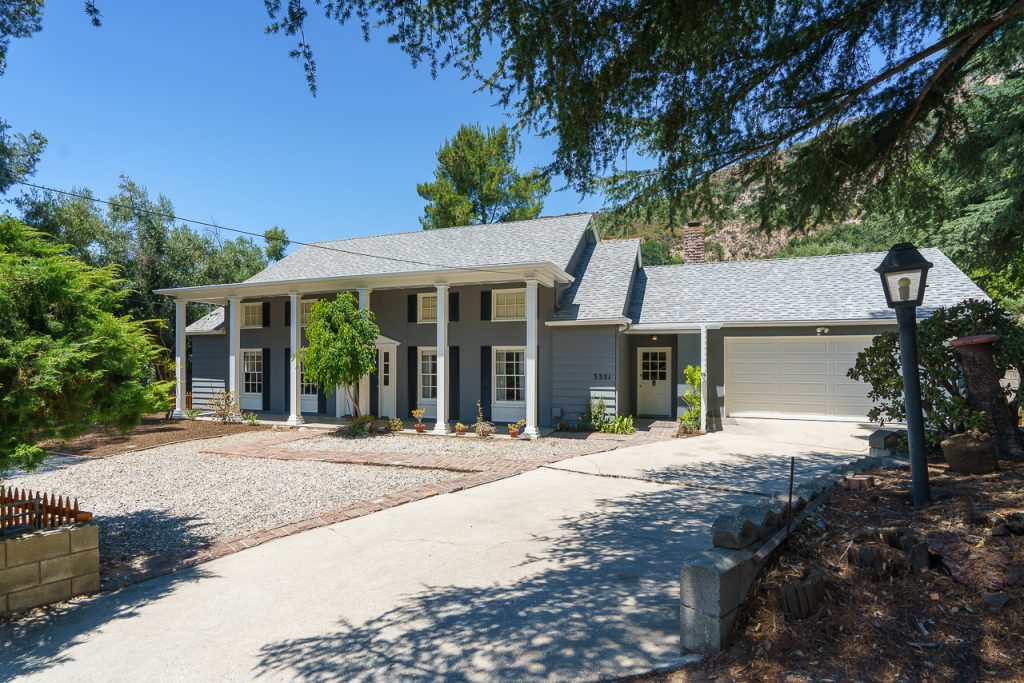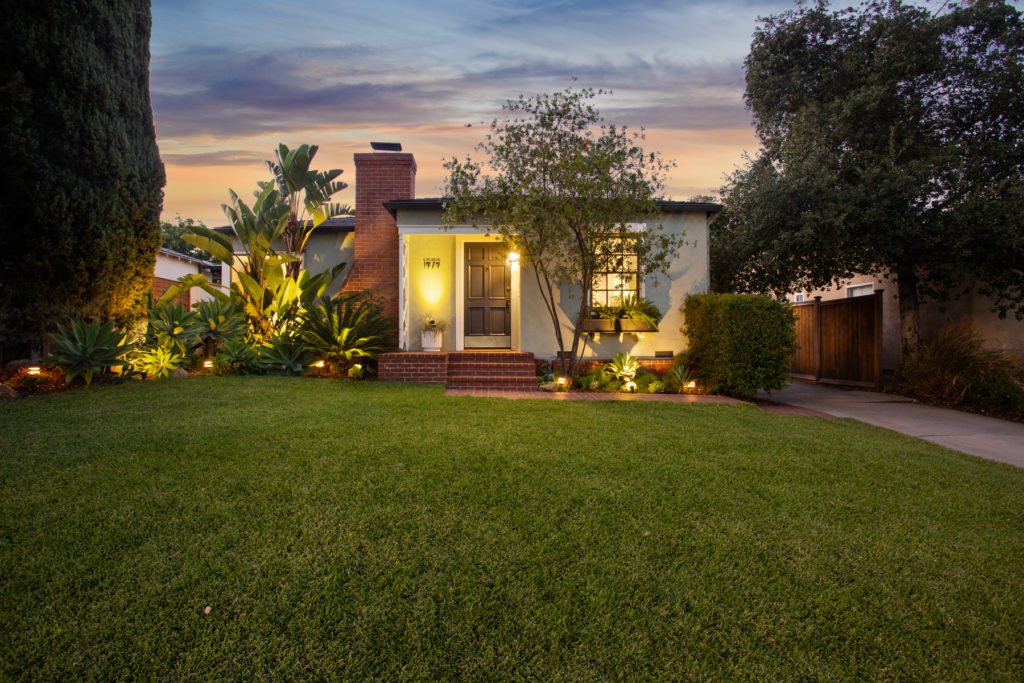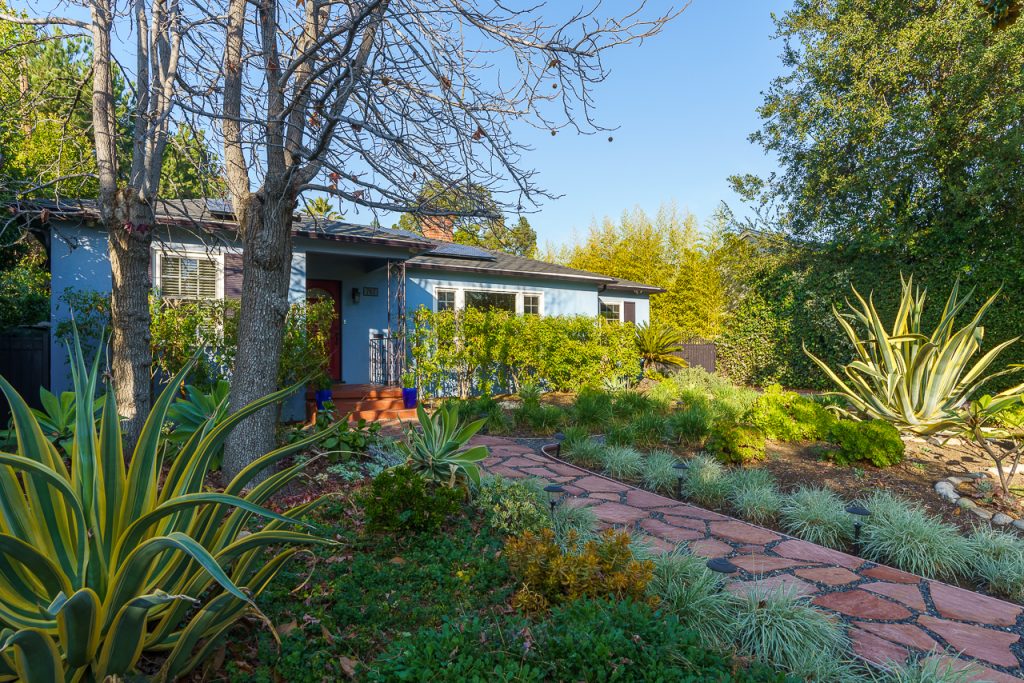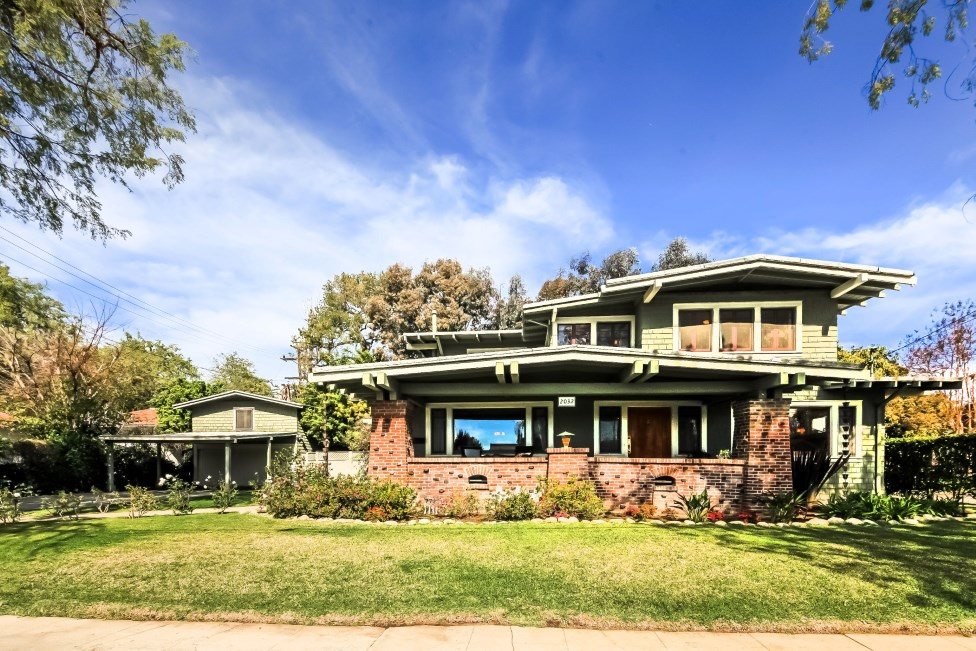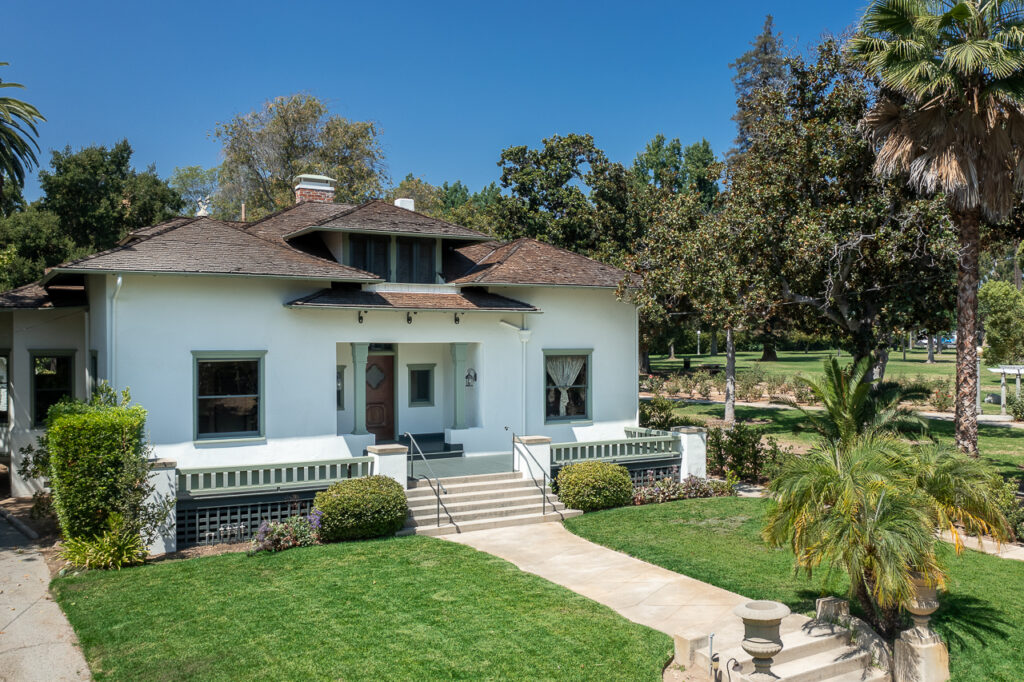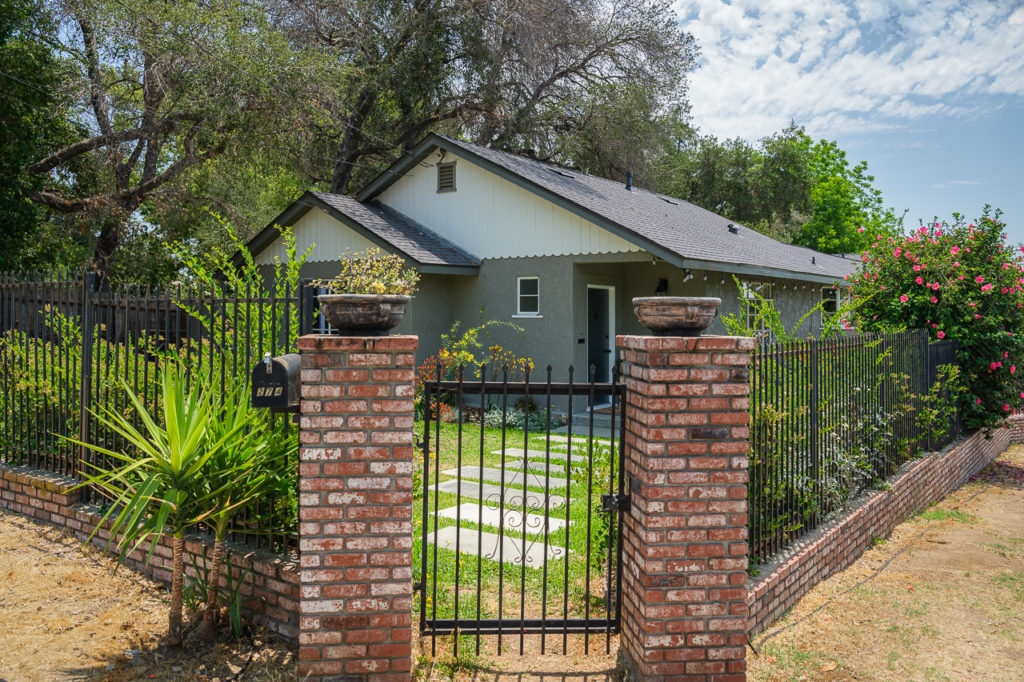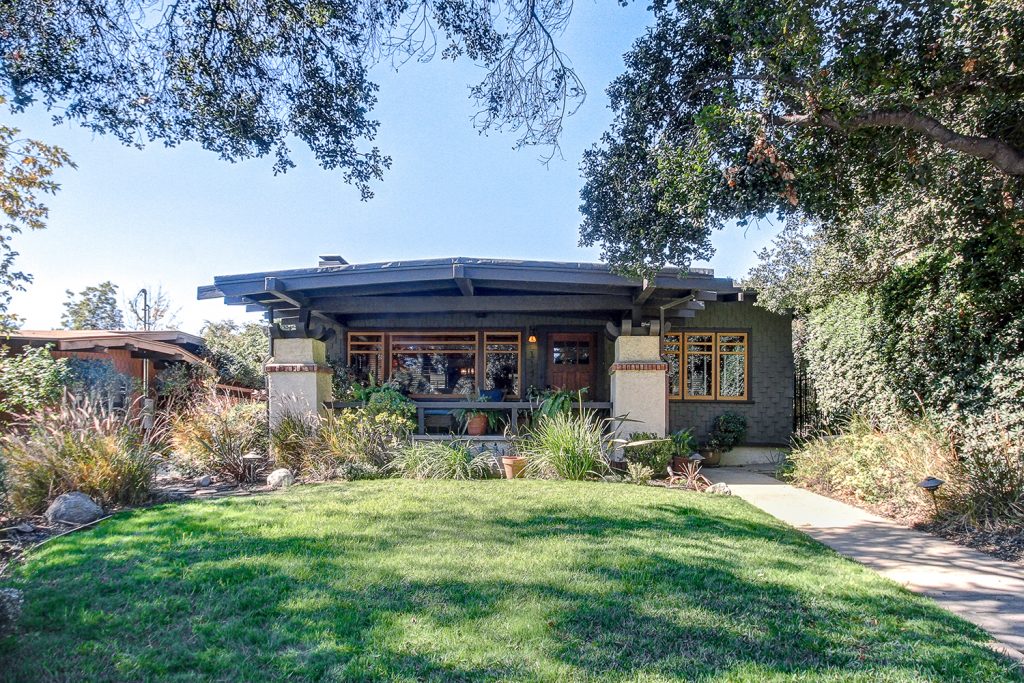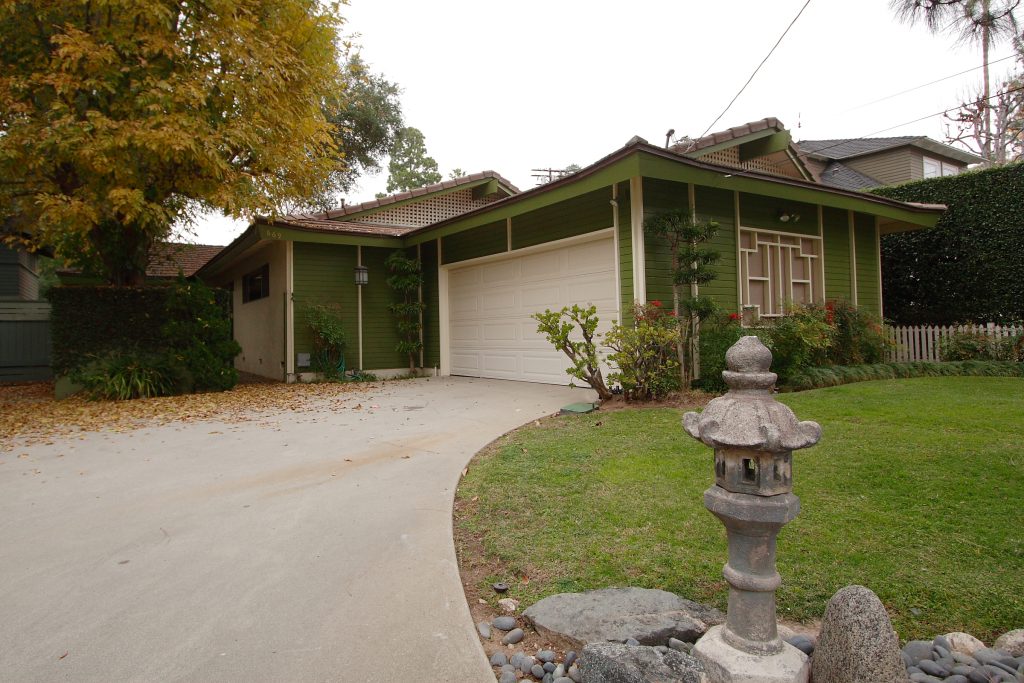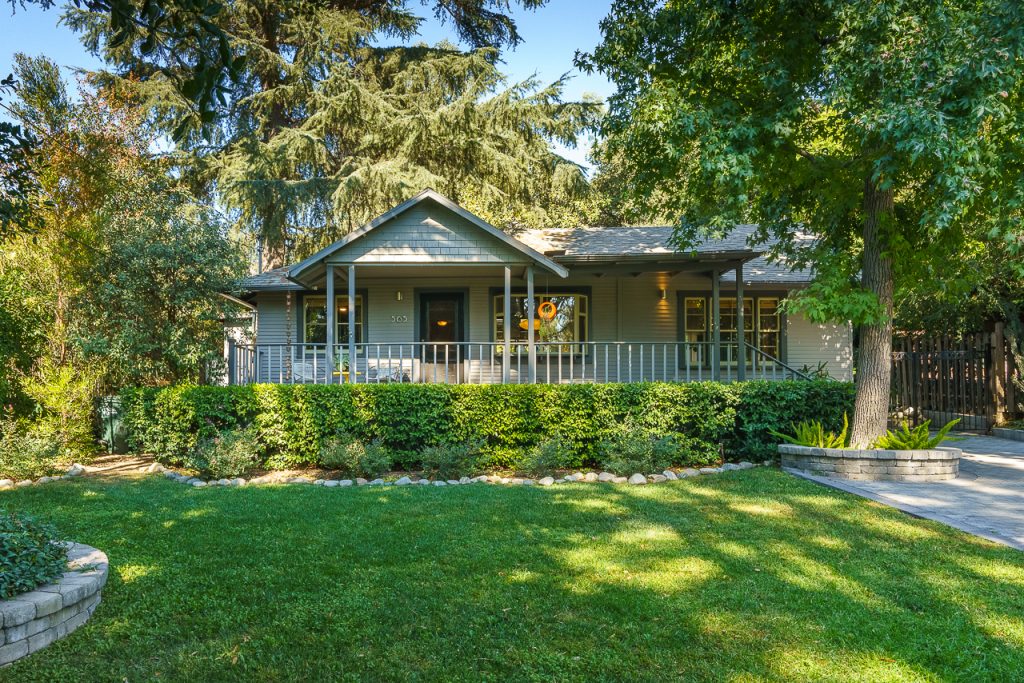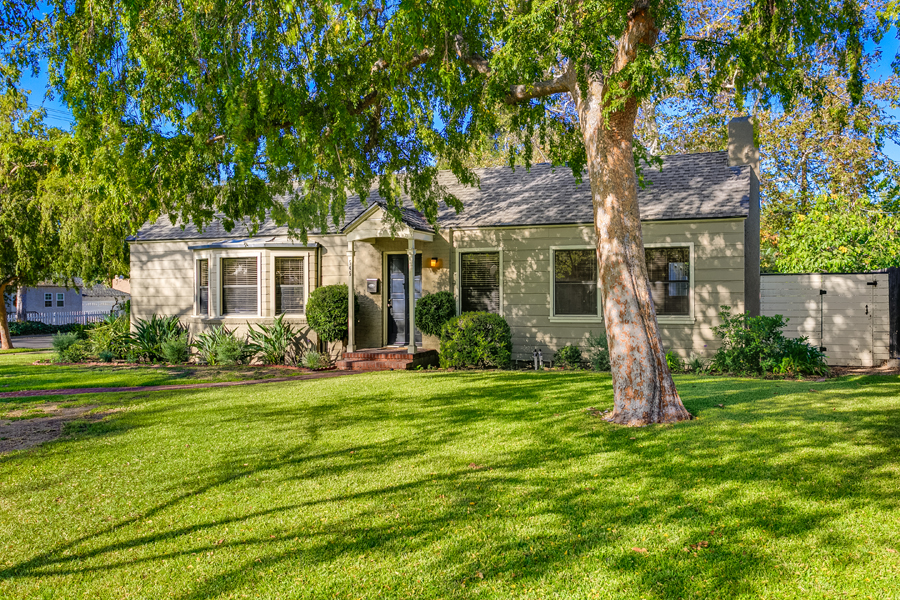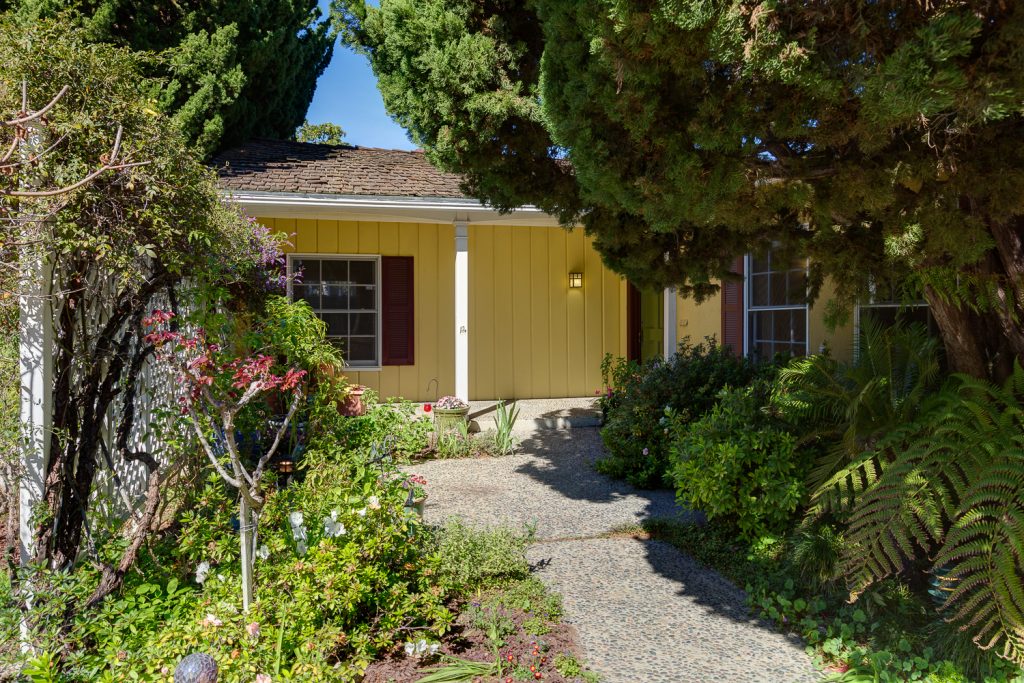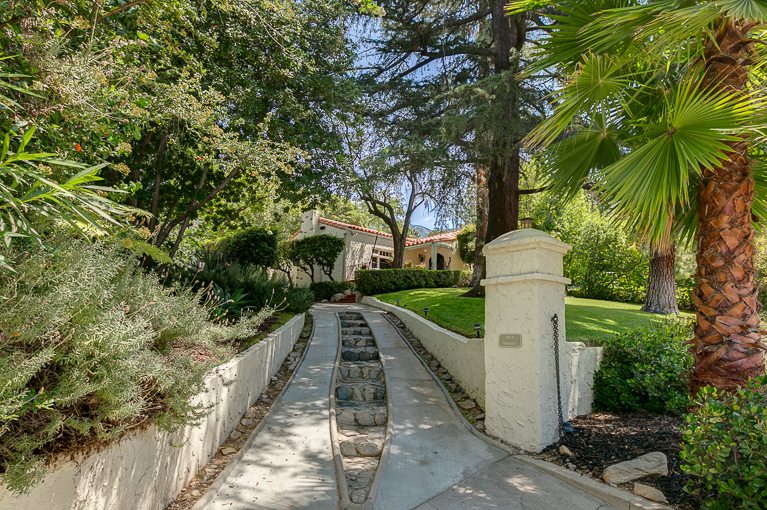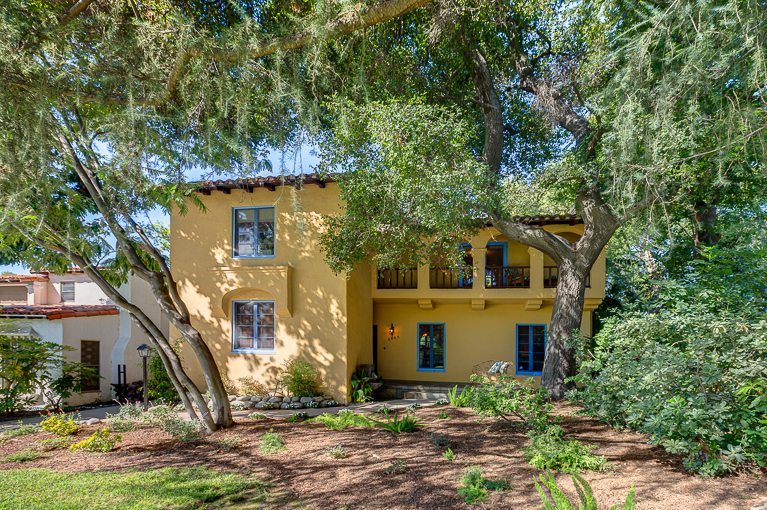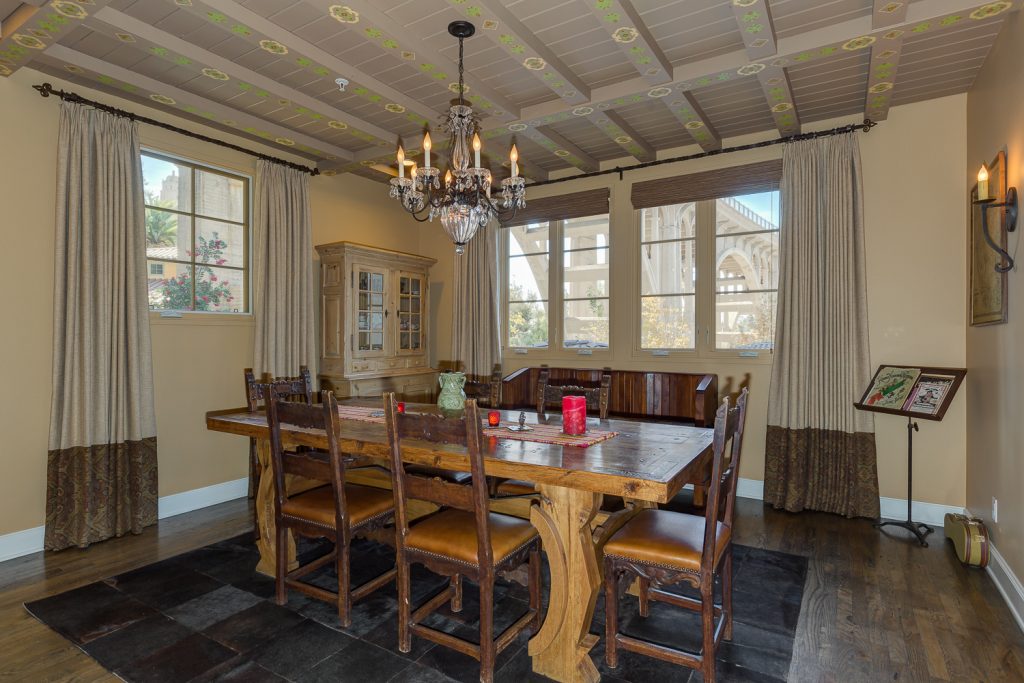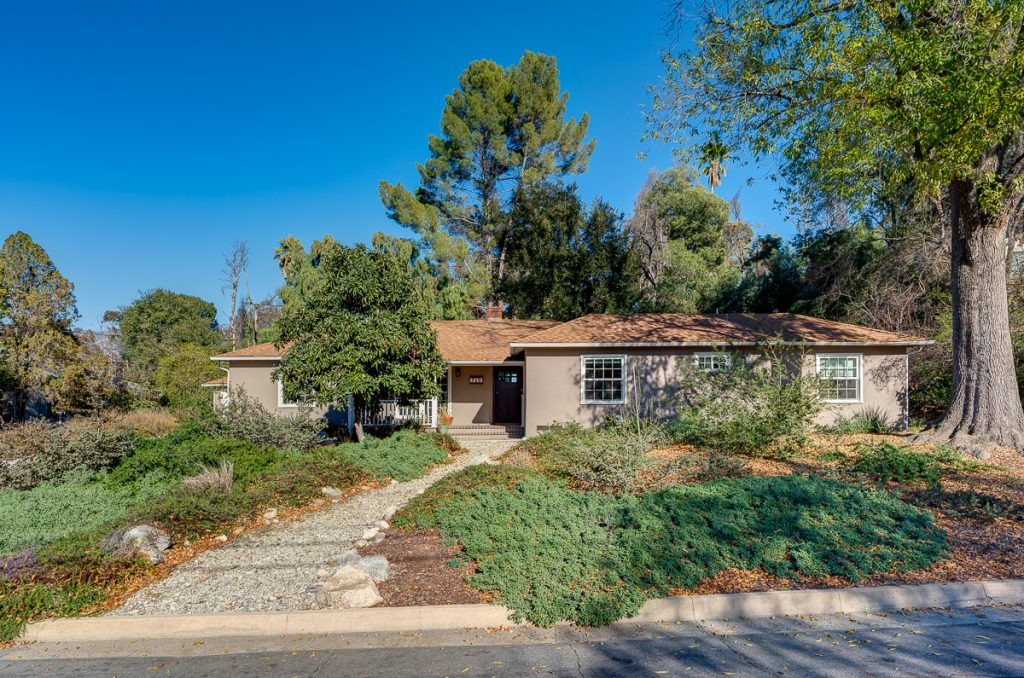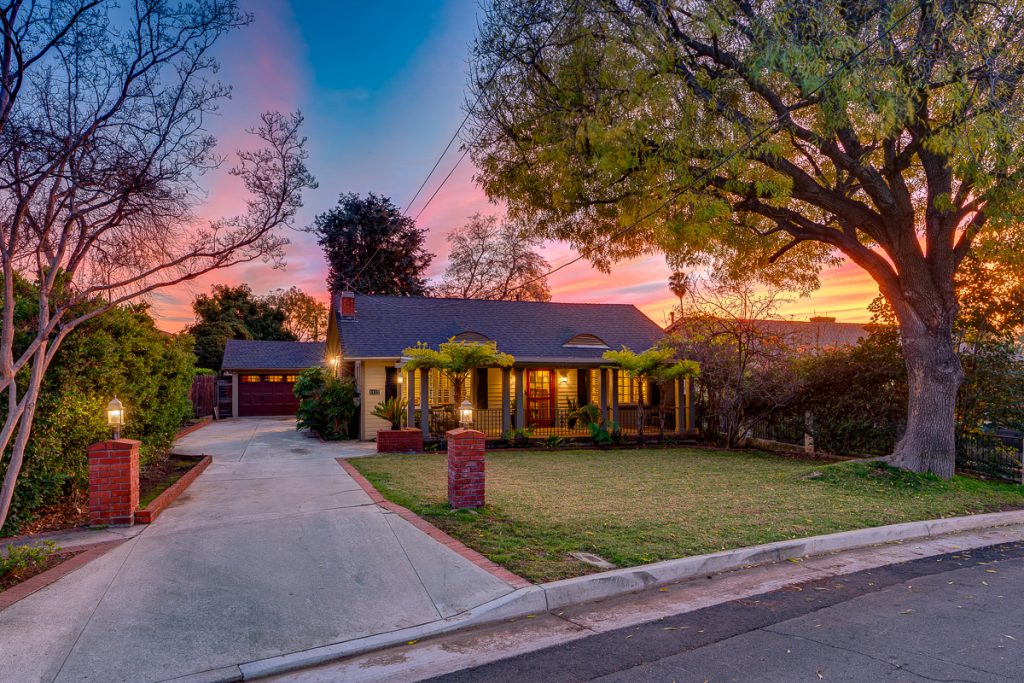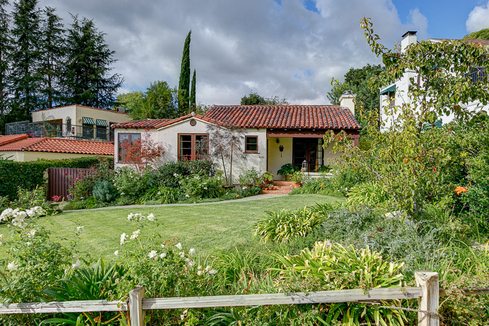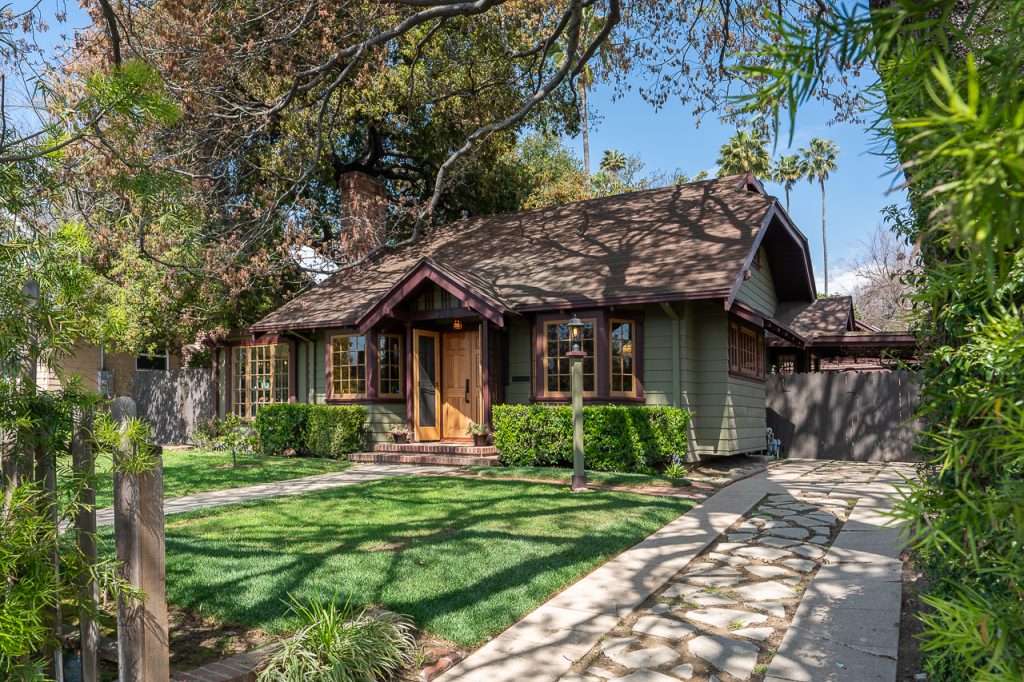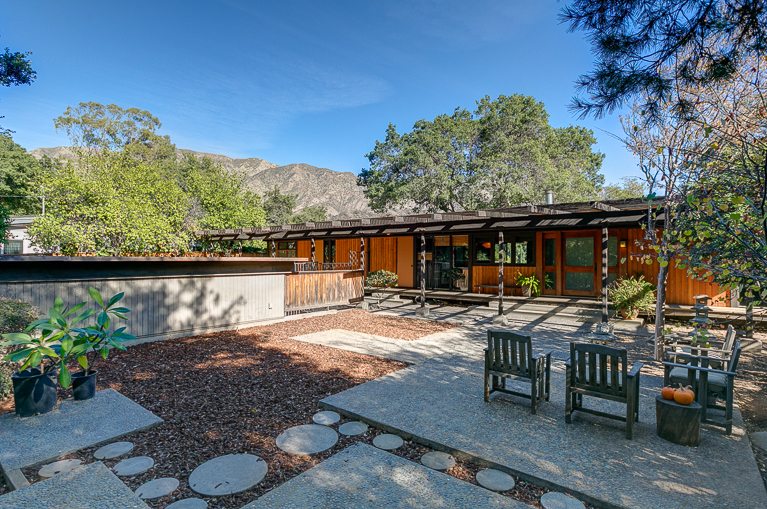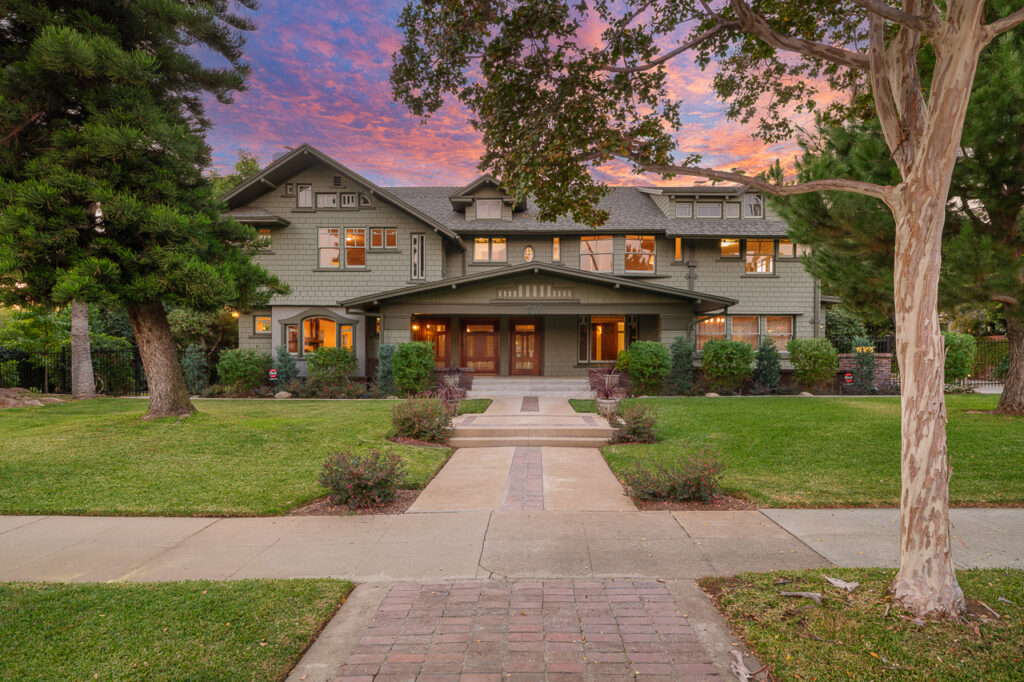Coldwell Banker
388 S. Lake Avenue,
Pasadena, CA 91101
office: 626.797.6500
Email: [email protected]
What Do Buyers Want In A Home? Survey Offers Clues
Home buyers tend to want it all, especially in this age of affordability, when prices and mortgage rates are low.
But this also is the age of frugality, a time of economic uncertainty when many people are not as concerned about their next pay raise as they are about the next round of layoffs. So today’s buyers are far more willing to do without “extras.”
The question is what to give up: Do you really need a formal living room? A fifth bedroom would be nice, but is it a necessity? And what about that view of a golf course?
Many builders rely on surveys that quiz would-be buyers about their preferences to help answer these and numerous other questions so they know how to outfit their latest designs. But buyer wannabes have yet to make any of the hard decisions.
A recent study of more than 22,000 owners who bought their homes within the last nine years sheds light on where buyers were willing to put their money and may provide important clues for builders, architects and current buyers. After all, if your predecessors didn’t opt for an outsize backyard patio equipped with a five-burner grill, maybe it’s not as necessary as you think.
The survey by Avid Ratings of Madison, Wis., found that current homeowners planned to be “more practical” the next time around.
For example, a community clubhouse is “not a big deal anymore,” Avid Chief Executive Paul Cardis said at the recent International Builders’ Show in Las Vegas, where he detailed his findings on a panel with design experts. Health clubs that people end up using “maybe five times a year” can be eliminated, as can dog parks and golf courses — even 24-hour security.
“No one said a swimming pool is a must, either,” said Cardis, who has worked with more than 400 builders in the U.S. and Canada.
A children’s playground, however, is essential, as are walking paths.
Inside, large kitchens are still a must-have, but formal dining rooms are not. Upstairs laundry rooms and home theaters aren’t necessities either.
Heather McCune, director of marketing for Bassenian Lagoni Architects in Park Ridge, Ill., said a major take-away from Avid’s findings was that builders and buyers should “focus more on spaces, not rooms.”
For builders, McCune said, the key is construction efficiency, with simpler rooflines and simpler foundations. For buyers, the key is to “rethink space.” For example, buyers should look for kitchen cabinets that go all the way to the ceiling for added space and efficiency. And they should pass on expensive “focal point” stairways, opting instead for steps that are tucked away and out of sight.
Along those same lines, Carol Lavender, president of Lavender Design Group in San Antonio, said builders and buyers should be on the lookout for dead space. And she suggested that if the dining room or media room is eliminated, at least some of that square footage should be put into secondary bedrooms.
“People are willing to live in less square footage, but it has to be livable,” Lavender said. “They won’t accept a 10-by-10 bedroom anymore.”
Avid’s survey also found that there has been a “huge transition” toward such “green” features as high-efficiency appliances, insulation and windows that are not large expanses of glass. “Homeowners are getting it,” Cardis said. “If they want efficient windows, they need less glass.”
Recycled materials, though, have not made it onto many people’s radar screens. They just don’t pay attention yet to the recycled content of the building products that go into their homes.
Large kitchens are still essential, according to the Avid research. But if you are thinking about nixing the kitchen island, think again, Cardis said. “Islands remain super-strong.”
Home offices or studies are a must among first-time buyers, vacation-home buyers, custom-home buyers and even empty nesters, the survey found.
Main-floor master bedrooms are a big deal to practically every segment of the market. Even first-timers find them desirable.
Two-car garages are still a must “across the board,” and three-car garages are desirable.
In the master bath, whirlpool tubs are giving way to soaker tubs. But both are secondary to oversize showers with overhead shower heads and seating. Master bedrooms can be shrunk, McCune observed.


